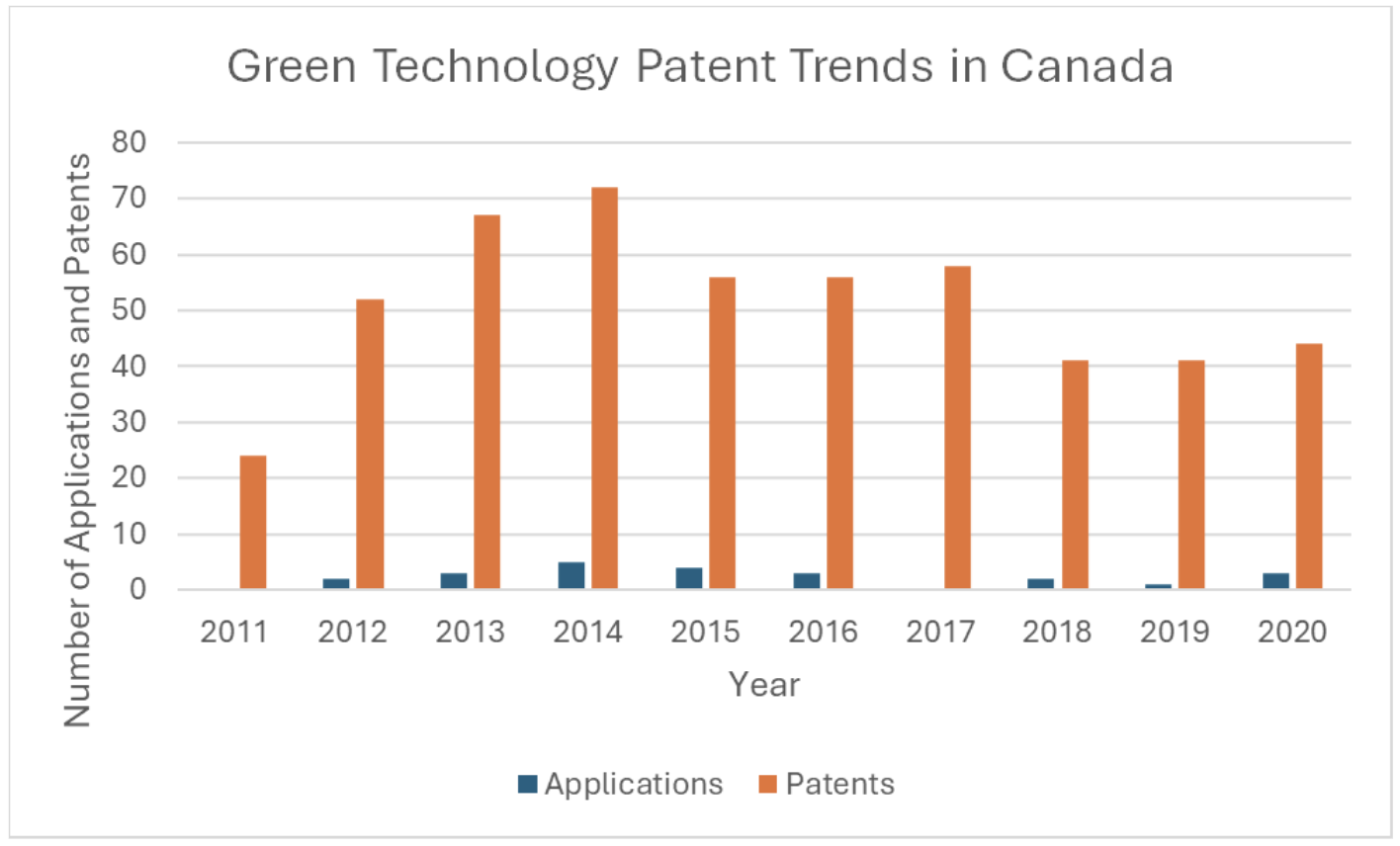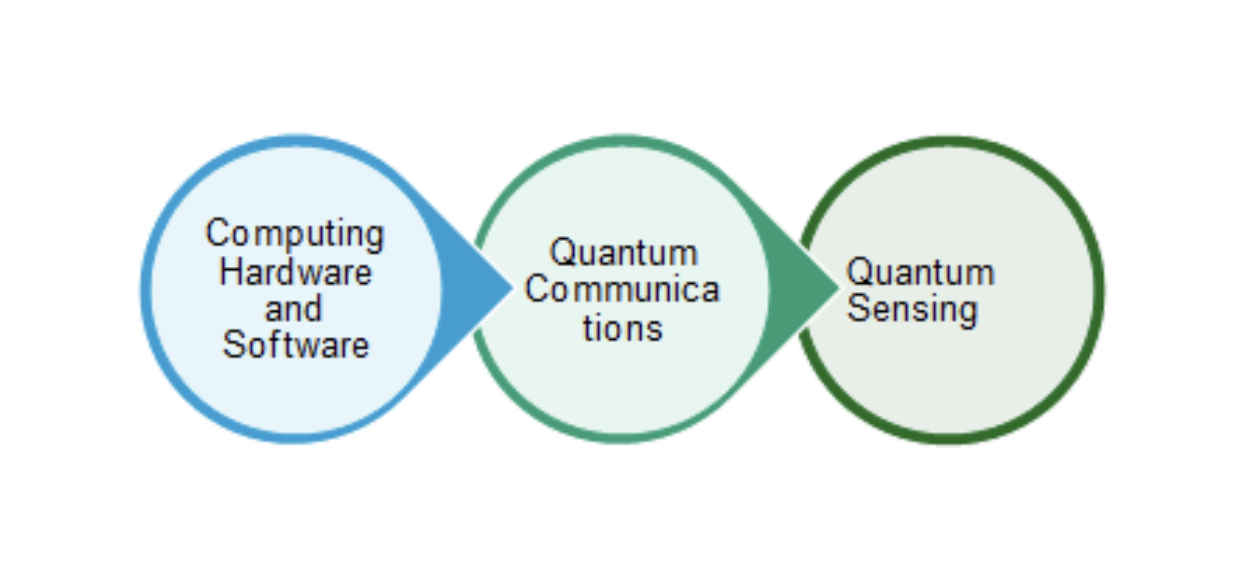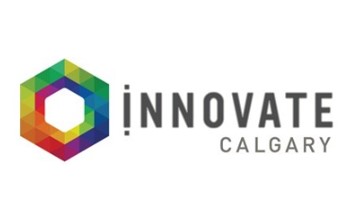TECHNOLOGICAL BREAKTHROUGHS: HIGHLIGHTS FROM RECENT CANADIAN PATENTS
Canada continues to be a hothouse for innovation, with a surge in significant technological breakthroughs emerging from recent patents filed and granted. These innovations extend diverse industries, from biotechnology and green energy to information technology and advanced manufacturing. This report highlights some of the most groundbreaking Canadian patents, explores their implications for various sectors, and offers predictions for future technological advancements.
Overview of Recent Significant Patents
Canadian inventors and companies have recently secured patents for various groundbreaking technologies. Some of the notable technologies include:
- Advanced AI Algorithms: Patents for sophisticated artificial intelligence algorithms that enhance machine learning capabilities, allowing for more accurate data analysis and predictive modelling.
- Green Technology/ Biodegradable Plastics: Innovations in creating fully biodegradable plastics that address environmental concerns related to plastic waste.
- Quantum Computing: Patents related to quantum computing hardware and software promising unprecedented computational power and speed.
- Renewable Energy Technologies: Innovations in solar and wind energy systems, improving efficiency and reducing costs.
Example Case Studies of Groundbreaking Innovations
To illustrate the impact of the patents, let’s delve into a few examples:
- AI-Powered Predictive Maintenance
AI-driven predictive maintenance (PdM) is transforming industries in Canada by improving equipment reliability and reducing costs. This technology uses AI and IoT to predict failures and schedule proactive maintenance, minimizing downtime and optimizing resources. The Key Innovations in AI predictive maintenance are:
- AI and Machine Learning: Analyzing data to predict equipment issues and enhance maintenance schedules (Sensemore).
- IoT Sensors: Real-time monitoring of equipment to detect potential failures early (BCG Global).
- Digital Twins: Virtual replicas of equipment for continuous monitoring and failure prediction (MDPI).
- PdM as a Service: Cloud-based solutions offering advanced maintenance tools without large upfront costs (Sensemore).
- Immersive Technologies: AR and VR for enhanced maintenance training and remote support (Sensemore).
Canada is emerging as a leader in AI-driven predictive maintenance innovations, leveraging advanced machine learning algorithms to revolutionize industrial maintenance. By harnessing the power of AI, Canadian companies can predict equipment failures before they occur, significantly reducing downtime and maintenance costs. These innovations are particularly impactful in the manufacturing, energy, and transportation sectors, where maintaining operational efficiency is crucial. As a result, Canada is enhancing productivity and setting new standards in the global market for intelligent, predictive maintenance solutions.
The Canadian Space Agency (CSA) is pioneering AI solutions for space robotics, focusing on auto-diagnostics and early failure prediction to reduce maintenance costs by leveraging extensive system data records.
- Green Technologies
Canada is at the forefront of green technology, focusing on sustainable energy solutions and environmental innovation. The country excels in renewable energy production, particularly hydroelectric, wind, and solar power. Canadian companies are also advancing in carbon capture and storage, waste-to-energy technologies, and electric vehicle development. Government initiatives and funding support further drive research and implementation of green technologies, positioning Canada as a leader in the global transition to a sustainable, low-carbon future.
Green technology patents in Canada are experiencing significant growth, highlighting the country’s dedication to sustainability and innovation. This trend is bolstered by the Canadian Intellectual Property Office’s (CIPO) expedited examination process for green technologies, accelerating patent approvals at no extra cost. Government programs like the Agricultural Clean Technology Program and Sustainable Development Technology Canada also provide crucial funding, allowing companies to focus on patent protection. The patents span diverse applications, from renewable energy and energy efficiency to sustainable agriculture and waste management. However, challenges such as high initial costs and the complexity of integrating multiple technologies into single patents persist. Despite these challenges, the trend remains strong, driven by supportive policies and a focus on innovative solutions.

Source: Government of Canada Green Technologies – Patent Applications
The “Green Technology Patent Trends in Canada” bar chart illustrates the number of green technology patent applications and granted patents from 2011 to 2020. The data shows a considerable number of patents compared to applications each year. The number of patents peaked in 2013 and 2014, with around 70 patents each year, while the number of applications remained relatively low and stable, with only a slight increase over the years. This trend suggests a robust interest and success in green technology innovations in Canada despite a lower rate of new applications.
- Quantum Computing
Quantum computing is an advanced field that leverages the principles of quantum mechanics to process information in fundamentally diverse ways compared to classical computers. Unlike classical bits, which represent data as either 0 or 1, quantum bits (qubits) can exist simultaneously in multiple states due to superposition. Additionally, qubits can be entangled, meaning the state of one qubit is related to the state of another, no matter the distance between them. These properties allow quantum computers to solve complex problems much more efficiently than classical computers.
Key innovations include Google’s quantum supremacy milestone, IBM’s Quantum System One, and Microsoft’s Azure Quantum platform. In Canada, D-Wave Systems leads with advanced quantum annealing computers, while Xanadu in Toronto focuses on photonic quantum computing. Additionally, Canadian researchers are pioneering quantum-safe cryptographic methods to secure data against future quantum threats. These advancements position Canada as a leader in the rapidly evolving field of quantum technology.
Canada is making significant strides in quantum computing, driven by substantial investments and a strong focus on research, talent development, and commercialization. The National Quantum Strategy, which was launched with a commitment of $360 million, aims to position Canada as a leader in quantum technology. This strategy focuses on three key areas: computing hardware and software, quantum communications, and quantum sensing.
 The funding is distributed across research ($141 million), talent development ($45 million), and commercialization ($169 million) to support the growth of a robust quantum sector (The Quantum Insider). Notable initiatives include the Regional Quantum Initiative in British Columbia, which supports local organizations like 1QB Information Technologies, Simon Fraser University, and the University of British Columbia. These efforts aim to create jobs and accelerate the commercialization of quantum technologies (The Quantum Insider). Additionally, collaborations between Canadian companies and global tech giants like D-Wave and Deloitte are fostering advancements in quantum solutions and their adoption across various sectorsOverall, Canada’s comprehensive approach to quantum computing innovation highlights its commitment to becoming a global leader in this transformative technology.
The funding is distributed across research ($141 million), talent development ($45 million), and commercialization ($169 million) to support the growth of a robust quantum sector (The Quantum Insider). Notable initiatives include the Regional Quantum Initiative in British Columbia, which supports local organizations like 1QB Information Technologies, Simon Fraser University, and the University of British Columbia. These efforts aim to create jobs and accelerate the commercialization of quantum technologies (The Quantum Insider). Additionally, collaborations between Canadian companies and global tech giants like D-Wave and Deloitte are fostering advancements in quantum solutions and their adoption across various sectorsOverall, Canada’s comprehensive approach to quantum computing innovation highlights its commitment to becoming a global leader in this transformative technology.
Predictions for Future Technological Advancements
We anticipate several future technological advancements based on the current innovation trajectory, such as AI and IoT, will create more intelligent systems in many industries. Renewable energy will become more affordable and widespread; Medical technology will offer personalized healthcare. Moreover, Quantum computing will improve cryptography and data analysis. Lastly, research into sustainable materials will produce eco-friendly products, promoting a circular economy and reducing environmental impact.
- Integration of AI and IoT: The convergence of artificial intelligence and the Internet of Things (IoT) will lead to more intelligent, autonomous systems across industries, from smart cities to industrial automation.
- Enhanced Renewable Energy Solutions: Continued improvements in renewable energy technologies will reduce costs and increase adoption, making clean energy more prevalent and accessible.
- Breakthroughs in Medical Technology: Advances in biotechnology and medical devices will lead to more personalized and precise healthcare solutions, improving patient care and treatment outcomes.
- Expansion of Quantum Computing: As quantum computing technology matures, it will become a cornerstone of advancements in cryptography, optimization problems, and complex data analysis.
- Sustainable Materials: Ongoing research into sustainable materials will yield new eco-friendly products, further reducing environmental impact and promoting circular economy practices.
Conclusion
Recent Canadian patents reflect a vibrant and dynamic landscape of technological innovation. These breakthroughs demonstrate the imagination of Canadian inventors and have far-reaching implications for various industries, promising to drive significant advancements and shape the future of technology. As we look ahead, the continued emphasis on research and development and strategic support for innovation will ensure that Canada remains at the forefront of global technological progress.
Our Partners











